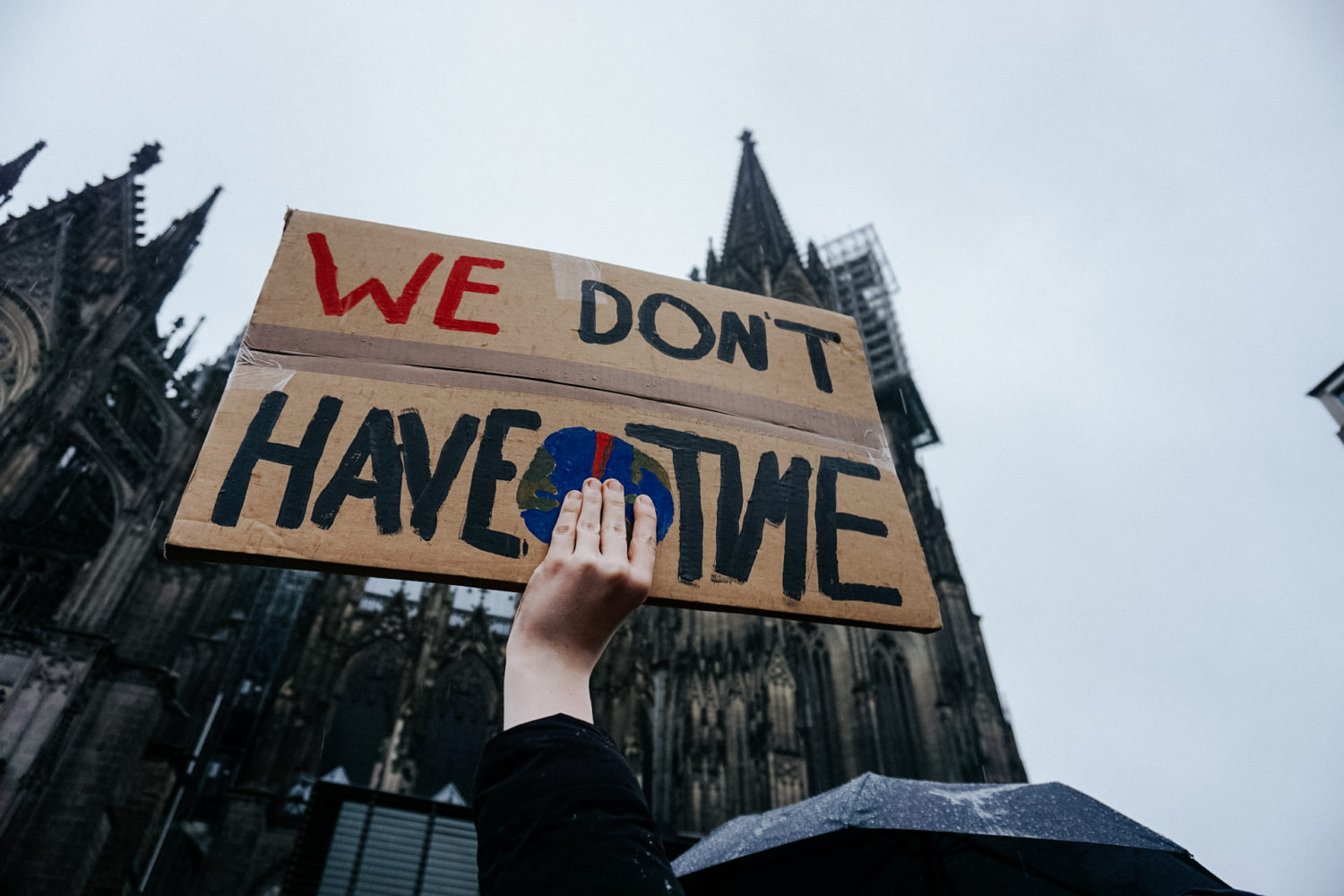July has reframed the way we must now look at climate change. Extreme flooding in China and Europe; wildfires in the Western U.S., Canada, and Italy; monsoons in India; severe drought conditions on nearly every continent and heat waves on a similar scale— it is too late for the world to rely on climate change mitigation.
In addition to weather, the Intergovernmental Panel on Climate Change projects that the best-case scenario of allowing 1.5 degrees Celsius warming will cause significant declines to permafrost, Arctic ice cover, crop yields, and biodiversity.
Potential for environmental recovery within our lifetime can appear to be grim.
Feelings of doom and gloom can inhibit the human brain’s motivation to take action. The American Psychological Association coined this tendency in 2017 as “eco-anxiety.” I will explore eco-anxiety and present strategies to remain climatically optimistic in the face of bad news.
Eco-Anxiety Defined
Eco- or climate anxiety is a chronic fear of environmental doom. The APA acknowledges the effects of impending climate disaster as feelings of helplessness, fear, and fatalism. It can also lead to a loss of personal and professional identity, social support structures, and the sense of control and autonomy.
As someone nestled in the relatively unchanging climate of the Midwestern U.S., it is also crucial to recognize the trauma inflicted upon people on the frontline of climate change experiencing loss of property, life, livelihood, and social structure. They may feel terror, anger, shock and other intense negative emotions that can lead to post-traumatic stress disorder.
Eco-Anxiety Contextualized
For most people, eco-anxiety is a normal response to an incredibly existential and uncertain threat. Human beings do not like uncertainty. To deal with a loss of control, we project into the future and into apocalyptic thinking.
Instead of shutting down, turning to distractions, or further denying the reality that climate change is happening, we can contextualize the absence of control to help our brains move from protective apathy to action in two ways.
First, we can pinpoint that 100 energy companies have been responsible for 71 percent of greenhouse gas emissions since human-driven climate change began. It is legitimate to redirect blame from your own actions to large scale misdoing.
Second, scientific reports forecasting full-scale societal collapse by the late 21st century are not tried and true predictors. Therefore, there is a lot of space between “fine” and “doomed” that leaves potential for change and action.
Wellness and Coping
Climate scientist Renee Lertzman identified that as we continue about our business-as-usual lives that heedlessly emit, pollute, and degrade, we live out of alignment with our environmental values. We can unconsciously suffer from this misalignment.
Reducing the distance between environmental values and harmful action can reduce eco-anxiety. Modifying your life to be more sustainable or spending time in nature can reinforce your values and be a reminder of the complexity and resilience of the natural world.
Psychotherapist Caroline Hickman recommends exploring unconscious dynamics that shape our internal responses to climate change. This can include cultivating imaginative, creative, determined and hopeful capacities or building tolerance for guilt, shame, and climate losses.
An effective way to bridge the gap between internal and external methods of coping is to surround yourself with others who feel the same or have similar environmental goals. This helps to restore a sense of agency and build connection with a community.
Options for Action
As an environmental science student, I occasionally fall into a spiraling assumption that without personally making the next major scientific breakthrough or restricting the fossil fuel emissions of energy companies, my actions are not impactful.
Social change is constituted by individuals working together towards a common goal. This can be as small or large as a pair or a global community. Anything that causes another person to begin a shift towards a more sustainable world is sparking social change.
This might look like participating in environmental advocacy and activism, keeping up with green policy, and engaging with the political process. It could also include volunteering at your local parks. Long term, you might pursue STEM education or environmental nonprofit work to bridge the gap between science and the general public.
The “How to Save a Planet” podcast has a specific recommendation to discover where you might best fit within the climate movement. Make a Venn Diagram to discover your personal intersection of three questions: what are you good at? What is the work that needs doing? What brings you joy? Doing work that aligns with your values and is physically and mentally sustainable for you is more likely to lead to optimism and less likely to lead to burnout and feelings of dread.
Our generation has been handed an inconceivable task of confronting the most powerful and profitable actors in the world to ensure that our Earth remains liveable. It is healthy to view climate change as foreboding, but that will never negate the power and hope of strength in emboldened action.
